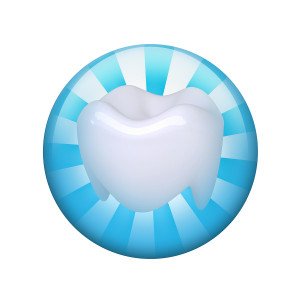What You Should Expect Before And After A Tooth Extraction
 There are a number of reasons why a tooth extraction is performed at Community Dental Group such as to decrease the risk of infection occurring, following a traumatic mouth injury, improving tooth alignment, and removing an infection. If we completed an examination of your mouth and have recommended extracting a tooth, there are certain concerns that must be addressed both before and after the procedure is performed.
There are a number of reasons why a tooth extraction is performed at Community Dental Group such as to decrease the risk of infection occurring, following a traumatic mouth injury, improving tooth alignment, and removing an infection. If we completed an examination of your mouth and have recommended extracting a tooth, there are certain concerns that must be addressed both before and after the procedure is performed.
Prior To The Procedure
When consulting with your dentist prior to a tooth extraction procedure, you should make them aware of any of the following existing conditions:
- Artificial joints (e.g. hip replacement)
- Cirrhosis or other liver diseases
- Congenital heart defects
- Damaged heart valves or having one that is man-made
- Family history of inner heart lining inflammation (bacterial endocarditis )
- Impaired or compromised immune system
Additionally, your dentist may prescribe antibiotics for you to take prior to and after the procedure, especially if you have any medical condition that may put you at greater risk of developing an infection.
After The Procedure
Once the procedure is completed, your dentist will give you a list of instructions to follow during the recovery period. These instructions typically include some guidelines and precautions to follow so the recovery period proceeds smoothly such as:
- Brushing, flossing, and other oral hygiene tips
- Caring for any bleeding and swelling that results
- Foods you should or shouldn’t eat
- Managing any pain and discomfort with prescribed painkillers
- Restrictions on activities
Bleeding and swelling as well as a certain degree of pain and discomfort are to be expected. However, if the bleeding and pain remain severe for several hours after the tooth has been extracted, a phone call to your dentist may be in order. Additionally, if you experience any of the following, you should also contact them:
- Chest pain, coughing, severe nausea and/or vomiting, and shortness of breath
- Chills, fever, and other signs of infections
- Excessive discharge, redness, and swelling in the area of the extraction
- Nausea and/or vomiting
Be aware that the healing and recovery period can take as long as two weeks. Eventually, the gap resulting from the extraction will be filled with bone and gum tissue. Just keep in mind that the remaining teeth may begin to shift after you have had a tooth or teeth extracted. This could inhibit how you bite down and even make it extremely difficult to chew your food. As a result, your Community Dental Group dentist may recommend getting a denture, fixed bridge, or implant.